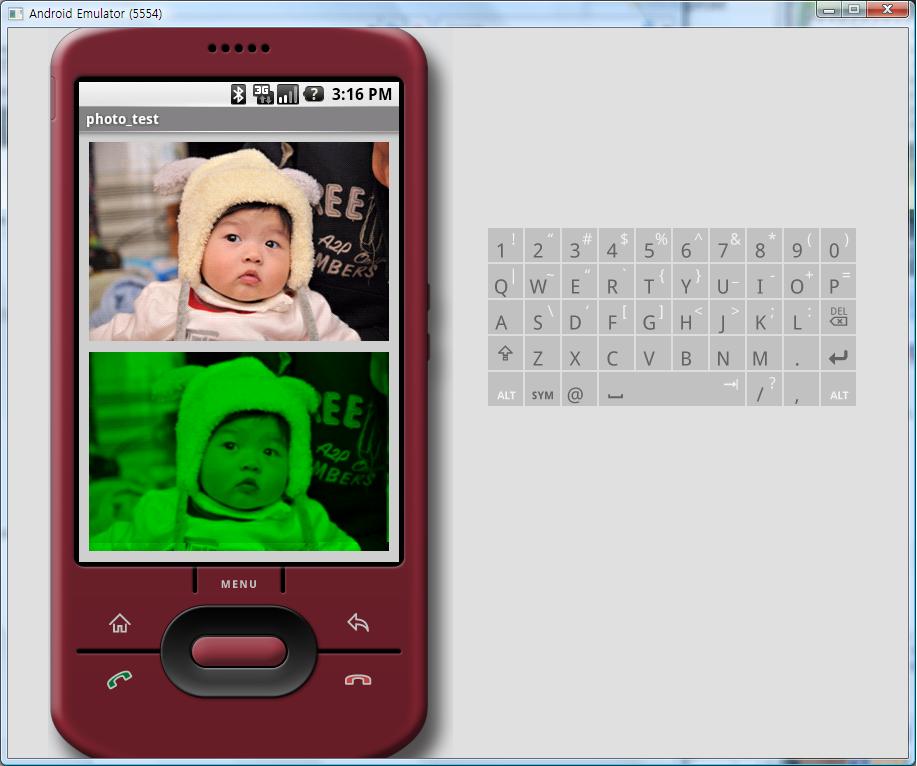안드로이드 챌린지 2
드디어 안드로이드 챌린지 2가 시작된다.
물론 5월 27일에 공표해서 좀 늦은감은 있지만,
세계적인 경기침체에서 상당히 고무적인 일이다.
이번에는 좀 방식이 바뀌었는데,
안드로이드 마켓을 이용한다는 것이다.
안드로이드 마켓에서 순위를 매기고
평가하는 시스템으로 운영한다.
아래 자세한 내용과 같고, 8월에 사이트를 열고 2주뒤에 마감한다.
Cool apps that surprise and delight mobile users—built by developers like you—are a huge part of the Android vision. To support you in your efforts, Google launched the Android Developer Challenge, which will provide awards for great mobile apps built on the Android platform.
ADC 2
Welcome to the Android Developer Challenge 2! You can participate by developing an application, evaluating and scoring applications, or both. The sections below provide information about the types of applications you can enter, as well as the contest information and dates.
The ADC 2 full terms and conditions will be available soon.
Developers will submit their apps to one of 10 specially-designated ADC 2 categories (see below) beginning in August. An application can only be submitted to a single category.
First Round
In late August (final date to be announced), users of Android-powered handsets that can access the Android Market will be able to obtain a special ADC 2 judging application from the Android Market. With this app, they can download, test, and rank applications submitted to the challenge. Users choosing to participate in the review process will download submitted apps randomly and will rate them along a number of criteria, resulting in a final score for each app. The results from this first round will generate the top 20 applications in each of the 10 categories (200 apps total), which will go into the second round.
Second Round
The top 20 applications in each category will proceed to the second round. Android users will then be able to download the final applications and evaluate them in the same manner as during the First Round using the ADC 2 judging app. At the end of the voting period, applications in each category will be ranked, with the community vote constituting 45% of the final judging score.
Along with the public ranking, a team of Google-selected judges will evaluate the applications. Their scores will constitute 55% of the final score.
Eligibility
The ADC 2 contest is open only to applications that have not been published -- whether through Android market, a public web site, or any other means. An application that has already been made available to the public (at the time of judging) is ineligible, regardless whether it is free or sold commercially. Additionally, applications that were entered in the ADC 1 contest are ineligible for the ADC 2 contest, regardless whether they were winning apps. Similarly, updated versions of applications entered in the ADC 1 contest are ineligible for ADC 2.
When you enter an application in the ADC 2, we will make it available to all contest judges for free, exclusively for the purposes of judging. If you intend to sell your application after the conclusion of the contest, you may submit a "trial" version of the application for judging. We recommend that your trial version include full functionality, but with a timed expiration, rather than including limited functionality with no expiration. Judges will evaluate your application based only on the functionality accessible to them, so it makes sense to provide the fullest range of capabilities possible in your contest app.
Teams and business entities may enter applications in the contest, but each team or entity must designate a single developer entity who will be responsible for uploading the application. Should the application be selected as a contest winner, all payments will be sent to the developer entity only. Further division of funds is the responsibility of the team leader or business entity representative.
All submitted applications must run on Android 1.5 and be in English.
Categories
- Education/Reference
- Games: Casual/Puzzle
- Games: Arcade/Action
- Social Networking
- Lifestyle
- Productivity/Tools
- Media
- Entertainment
- Travel
- Misc
Awards
Prizes will be distributed as follows; all prizes are in USD:
For each of the 10 categories:
- 1st prize: $100,000
- 2nd prize: $50,000
- 3rd prize: $25,000
Overall (across all categories)
- 1st prize: $150,000 (meaning the overall winner will receive $250,000)
- 2nd prize: $50,000 (meaning the 2nd prize winner will receive up to $150,000)
- 3rd prize: $25,000 (meaning the 3rd prize winner will receive up to $125,000)
In addition, attendees of selected developer events will be provided with devices intended for use in developing submissions for ADC 2.
Timeline
Note: this timeline is subject to change until the Official Rules are published.
- May 27 - Google I/O: ADC 2 announced
- June: Full Terms and Conditions made available
- Beginning in August: submission site opens, developers submit apps
- Approximately 2 weeks later: submission site closes; ADC2 client/scoring app goes up on Market; users begin reviewing apps
- Mid October: first-round judging ends
- Mid November: final judging ends, winners announced





